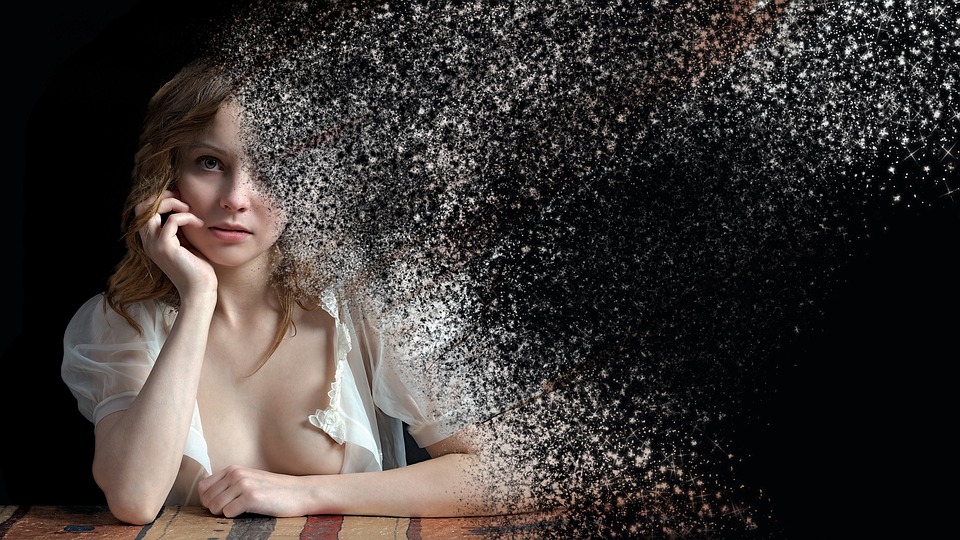Dispersion Delight: Uncovering the Science of Rainbows
Rainbows are a breathtakingly beautiful natural phenomenon that has captivated humans for centuries. Those vibrant arcs of color stretching across the sky are not just a beautiful sight, but they also hold secrets to the workings of our universe. In this article, we’ll delve into the science behind rainbows, exploring the concept of dispersion and what makes them so fascinating.
What is Dispersion?
Dispersion is the spreading of light into its individual colors, a phenomenon that occurs when light passes through a medium with different refractive indices. This is what gives us the colorful spectacle we know as a rainbow.
Imagine you’re standing in a garden, watching a gentle stream flowing through the center. As the sun shines through the droplets of water, each droplet acts as a tiny prism, bending and dispersing the light into its different colors. The white light is refracted, or bent, as it passes through the droplet, with each color bending at a slightly different angle.
How Do Rainbows Form?
A rainbow requires three essential components:
- Water droplets: The droplets act as prisms, bending and dispersing the light. These droplets can come from clouds, mist, fog, or even the spray from an ocean wave.
- Sunlight: The sun’s rays must pass through the water droplets at an angle of approximately 42 degrees.
- Observer: The viewer must be in the right position to see the rainbow, which is typically about 42 degrees away from the direction of the sun.
When all these conditions come together, the dispersed light forms a rainbow, with its characteristic colors appearing in the order: red, orange, yellow, green, blue, indigo, and violet.
The Science of Color
Did you know that the colors of the rainbow appear in a specific order because of their wavelengths? Red light has the longest wavelength, while violet has the shortest. This is why we see the colors of the rainbow in the order they do – red is always on the outside, and violet on the inside.
Fascinating Facts about Rainbows
Rainbows can appear in many shapes and sizes, not just the traditional circular arc. Did you know that:
- Rainbows can occur at night, too, when the moon is shining through the droplets?
- Double rainbows are formed when the light passes through the droplet twice, creating a secondary arc outside the primary one?
- Rainbows can also appear as a "reflected rainbow" on the surface of water, rather than in the air?
Frequently Asked Questions
Q: Why do rainbows often appear after a rain shower?
A: Rainbows need water droplets to form, and heavy rain showers can create the perfect conditions for their appearance.
Q: Can I create a rainbow at home?
A: Yes! Shine a flashlight or laser beam through a glass of water or a CD to create a miniature rainbow.
Q: Can rainbows appear in the morning?
A: Yes! Rainbows can appear at any time of day, but the sunlight needs to pass through the water droplets at the right angle for the colors to be visible.
Rainbows are a fascinating display of natural science, reminding us of the beauty and wonder that surrounds us every day. Next time you spot a rainbow, remember the incredible physics and chemistry at play, and appreciate the beauty of dispersion in action!
Image: "Rainbow" by NASA/Goddard Space Flight Center is licensed under CC BY 2.0.

